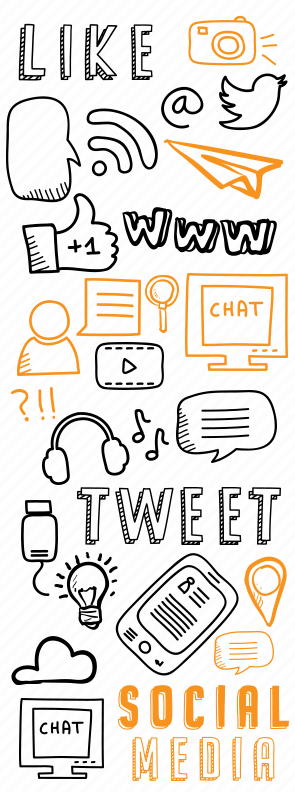Social media, marketing and PR. Who's responsible for what?
“Marketing” has been used as a blanket term to describe all efforts made to inform, promote, engage and sell products and services. But what is really involved, and who is responsible for what?
The general concept of marketing has evolved over recent years and can be broken down into three main categories – Marketing, Social Media and Public Relations. The overall goal is to inform the public and sell the product or service, but each department goes about this in a different way.
Marketing focuses on the product or service – building a brand, creating awareness and developing specific messages directed at consumers. It is creative, proactive and content driven. The intention is essentially to entice and motivate the consumer and drive sales. A marketing team develops innovative and intelligent campaigns which highlight a product or service.
Social Media aims to create a brand presence across all social media platforms (Facebook, Twitter, etc.) through continuous engagement. This type of advertising gives businesses a chance to converse directly with consumers and build relationships. By creating opportunities on a day-to-day basis, social media managers stay on top of trends and get real-time feedback and involvement from consumers. This also helps them establish the brand on a more personal and credible level.
Public Relations uses a strategic communication process to manage the spread of information within the business to business community. Mutually beneficial relationships are built by a PR team between all stakeholders who utilize the media to promote a product or service. Special angles and messages are used to generate interest and help drive the public to take a specific action and generate positive feedback.
While each plays an important role on their own, it is the integration of all three which leads to a successful and cohesive brand package. Each department can benefit greatly by interacting with the other. The Marketing department works on building a brand and the Social Media and Public Relations departments give this brand a voice. PR managers reach out to the media to create awareness, while the Social Media team engages the public and keeps the conversation going. It is crucial to delegate responsibilities among the different teams, while keeping the brand objectives at the heart of the project. In order to maximize efficiency, communication between the Marketing, Social Media and Public Relations departments is key. A collaborative team creates a more a unified front and a seamless approach, which benefits both the client and the consumer.
Here at Alternative Strategies, we provide excellent service for our clients. by keeping the lines of communication open between departments at all times. Our weekly meetings bring the teams up-to-date with ongoing projects and provide us with the chance to brainstorm and problem solve. Having a close relationship between departments allows for an open environment of suggestions and creativity, while creating a synergy that enhances our passion to succeed. This is reflected in our relationships with our clients and our desire to go above and beyond for them.

